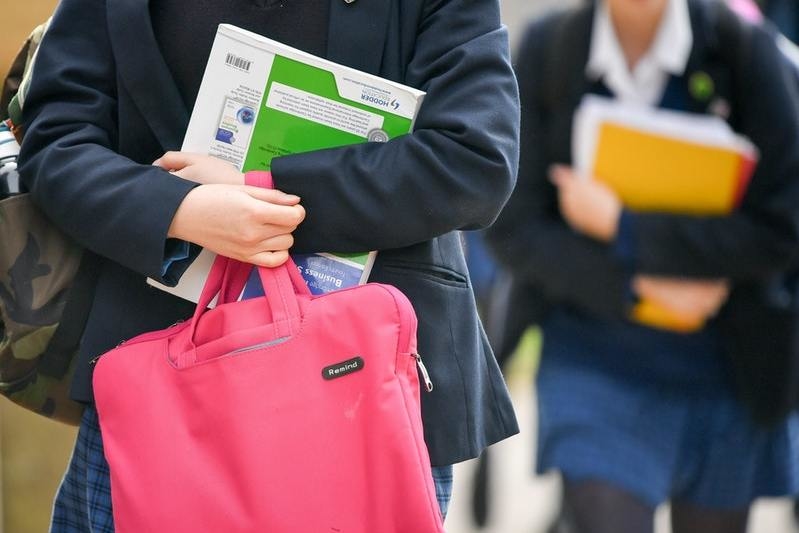GOVERNMENT schools will have to limit the number of compulsory branded items in their uniform following a move by the Children’s and Education Minister to help parents amid the cost-of-living crisis.
The new rules, which will not apply to private and fee-paying schools, have been approved by Deputy Inna Gardiner and allow for up to five “bespoke” items per child – including PE kit.
Bespoke clothing items are being defined as “those which have a particular logo, design or trim” that means they must be specifically stocked by a supplier and are not available from a generic retailer.
The “up to five” limit does not include items provided to students free of charge.
Schools have until September 2026 to comply with the changes, which come after the Jersey Competition and Regulatory Authority published a report on the market for school clothing.
The JCRA’s study highlighted that a high proportion of schoolwear items – as much as 40% of some uniforms – were branded and compulsory and therefore could impose additional cost on parents. It recommended that the government develop new policies to tackle the issue.
A subsequent government survey found that 55% of parents were either “very dissatisfied” or “dissatisfied” with the cost of uniforms, that the majority of parents spent between £100 and £200 on uniforms per year – and that some schools had as many as 17 branded items.
Deputy Gardiner said: “My main priority has always been to help parents and carers with reducing costs where possible. Public concern over the cost of uniforms is also echoed by children, and every small saving we can make matters while we are in a cost-of-living crisis.”
A new policy document published with today’s announcement stated: “Schools should be mindful of the design which they choose and how this impacts parents who are absorbing the cost for items that are more expensive due to intricate and specialist designs. Thought should be given to where simpler branding and design could reduce cost.”
The document also highlighted the benefit of second-hand uniforms to parents, “particularly those on low incomes”.
It stated: “In addition, by extending the life of garments, it is more sustainable.
“Schools should ensure that arrangements are in place so that second-hand school uniforms are available for parents to acquire (for example through periodic second-hand uniform sales or swap shops).”
Deputy Gardiner said: “We know that there is a sense of school community pride and other benefits associated with the wearing of school uniform. However, some further concerns that were raised by children included the feel and comfort of some of the items; this is an opportunity to engage with potential new suppliers to improve that going forwards.
“I have intentionally included a transition period within this policy, so that children can continue to wear their current uniform with no need to rush and buy new items in the immediate future.”
Some parents and carers will not be affected by the new policy as their school’s uniform requirements do not exceed the “up to five” bespoke item limit.






